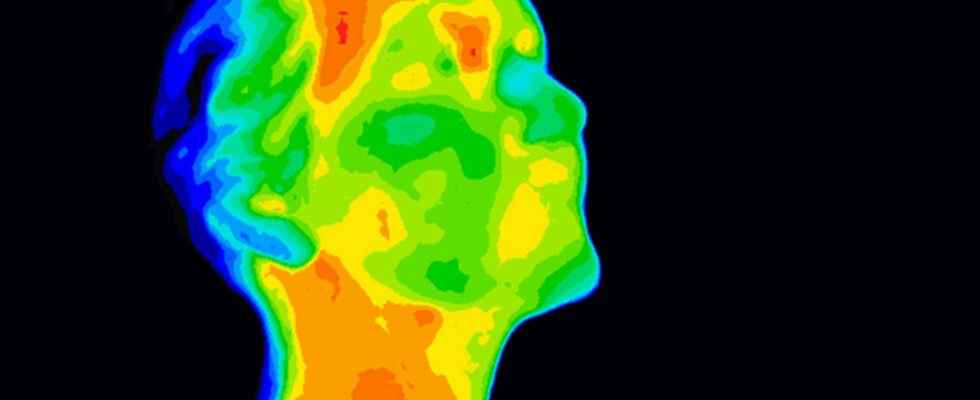Whether it is extremely hot or extremely cold, whether we are at rest or in full physical or intellectual effort, the temperature inside our body does not vary or varies very little, unless we are sick! It is said that humans are “homeothermal”. How does our body maintain a constant temperature regardless of the external context?
You will also be interested
[EN VIDÉO] Interview: is there a maximum temperature? Since there is a minimum temperature that represents the almost absolute immobility of atoms or molecules (-273.15°C), does the impossibility of exceeding the speed of light impose a maximum temperature? As part of its Expert Questions on Physics and Astrophysics video series, publisher De Boeck asked José-Philippe Pérez, professor emeritus at the University of Toulouse, to answer this question.
Unlike other species living on Earth, the temperature inside the human body varies little or not at all. the thermostat is set around 37°C. A variation of a few degrees more or less would deregulate the system and lead to metabolic and neurological disorders, which could lead to death.
How does our body detect the outside temperature?
Our organization has several biological mechanisms allowing its thermoregulation. First, we have a system that evaluates variations in outside temperature. Neurons sensitive to cold are located under the skin and in the hands and feet. Heat-sensitive neurons are located at the level of the bust. These two types of thermosensors convey information to the central nervous system, and more precisely to the hypothalamus. According to the information collected, the central nervous system can trigger different internal temperature regulation pathways.
How does our body regulate temperature?
The effectors of the thermogenesis intervene when it is cold and those of the thermolysis when it is warm. The former favor the production of heat and the latter promote its elimination. Some are more energy intensive than others. There is therefore a hierarchy: the least costly in terms of energy are used first.
The regulation of the diameter of blood vessels devices is for example an inexpensive temperature control mechanism. When the diameter decreases it limits the loss of heat. As the diameter increases, it promotes heat loss. This is called vasomotor tone.
Let us cite two examples of temperature regulation mechanisms that are very costly in terms of energy for our organisms. The shivering increases the production of heat while the sweating removes heat from the outside of the human body.
Is the temperature exactly the same throughout the body?
Nope ! It is exactly 37°C in our head (brain) and in our chest. But not necessarily at the ends where significant differences are sometimes observed. For example, the temperature may drop below 30°C in the hands and feet. Likewise in the cell, where the temperature inside the cell can reach 50°C, at the level of the mitochondria.
In the era of global warmingbetter understanding how the thermoregulation of the human body works could help meet the challenges of the future.
Interested in what you just read?
Subscribe to the newsletter Health question of the week : our answer to a question you ask yourself (more or less secretly). All our newsletters
